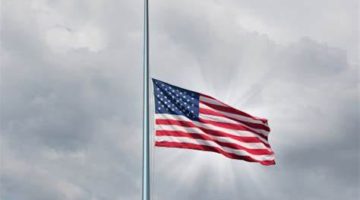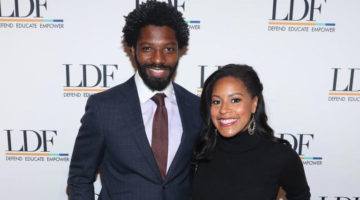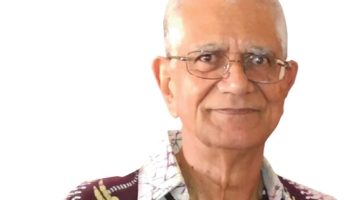In 1994, Rudy Gulianni, mayor of New York City, declared a war on crime. The war was inspired by the “broken windows” philosophy. The notion is that if police allow one broken window to slide, it leads to social disorder and lawlessness. Zero tolerance for any infraction was hailed as the cure for urban violence and crime.
Supposedly, the war on crime was fought in high-crime areas. But the local police read this to mean the urban ghetto: Guliani fought the war by stopping hundreds of thousands of inner-city kids.
In 2001, the federal government endorsed this hyper-aggressive strategy. Through a system sometimes called Compstat, the federal government offered vast amounts of money to police departments based almost solely on the number of people stopped and arrested.
Soon, all over the county – in low-income urban areas – people, for no reason at all, were being arrested based on nothing more than walking down the street while fitting a certain profile. Police increasingly treated blacks in inner cities less like citizens and more as suspects.
The media became a cheering section for this hyper-aggressive policing. Over the last two decades, from hood films to the evening news constantly showing black men spread-eagled over the police car, the media has portrayed black communities as war zones populated by criminals and thugs.
It is in the context of this stereotypical mindset that we must understand the recent killing of two black men. Eric Garner was a Staten Island man accused of marijuana possession and selling loose cigarettes out of pack without a license. But where in America are people arrested for selling loose cigarettes out of a pack?
Allegedly Eric Garner resisted arrest for this petty crime. But how does that explain why he was choked to death, especially when the use of the choke-hold is illegal?
Whom do you call when it is the police who commit the murder?
The problem is, first of all, a mindset. It is a military mindset that portrays policing in urban areas as a war on crime. It is also a racist us-versus-them mindset that depicts poor black communities as communities of thugs and criminals. Between this mindset and the Compstat system, urban communities have become the most militarized on earth.
It is here that Michael Brown found himself in the line of fire. Like Trayon Martin, he was simply walking home. According to witnesses, a white officer, later identified as Darren Wilson, pulled up and told him and a friend to get off the street and onto the sidewalk. They declined. What was his crime just walking on the street? Or was the real offense simply that a cop felt disrespected?
Officer Wilson, according to police spokesmen, said Brown initiated the confrontation and attacked him. So we have a choice between two versions of the same event. In one version, supported by several witnesses, Michael Brown, faced with an armed officer, put his hands up. Yet the officer shot him six times from the front.
In Officer Wilson’s version, we are asked to believe that Brown, though unarmed, attacked a police officer whom he knew to be armed with a gun. Wilson provides no motive for this so-called unprovoked attack.
In many ways, Wilson’s depiction of Brown’s actions mirror how George Zimmerman depicted Trayvon. Both black men were depicted as thugs attacking an armed white man. This story appeals to age-old stereotypes of black men as beasts.
The police in Ferguson, Missouri, where Wilson killed Brown, claim to be defenders of law and order. But when one witness, Dorian Johnson, early on told his story, the police initially declined to even interview him, even when contacted by his attorney.
Who is telling the truth should be left for the jury to decide. For the police to not only fail to charge Wilson but also to fail even to pursue leads is not consistent with law and order but with racial bias.
What makes this more disturbing is that, according to the Huffington Post, journalists covering the story have been harassed and, in some cases, assaulted by police. It certainly sounds as if the police have chosen sides.
There are now credible reports that police are firing on unarmed demonstrators as if they are the enemy. But Ferguson, Missouri, is not Iraq and the black community is not ISIS, the Islamic State in Iraq.
Donald Jones is a professor of law at the University of Miami. His most recent book, Fear of a Hip Hop Planet: America’s New Dilemma, is available on Amazon.com.












No Comment